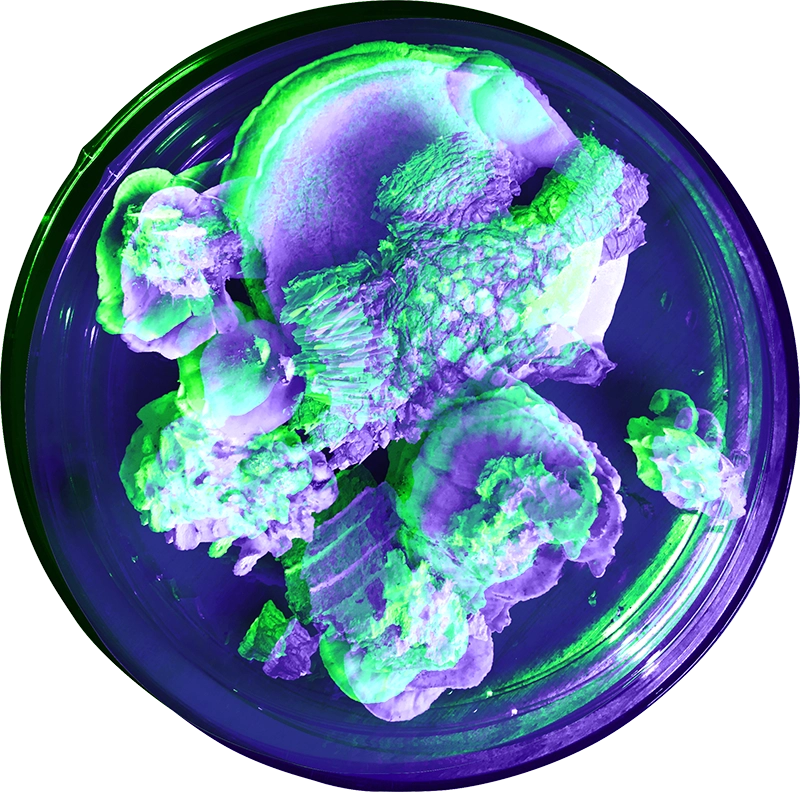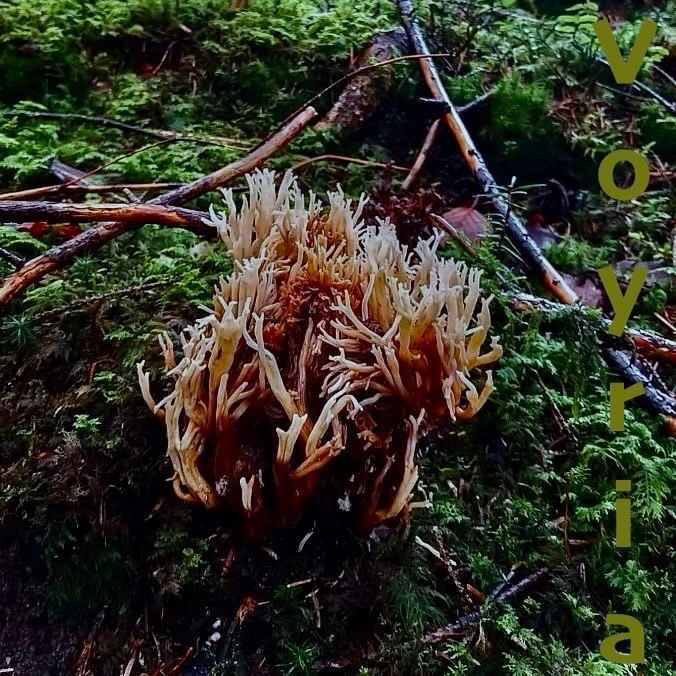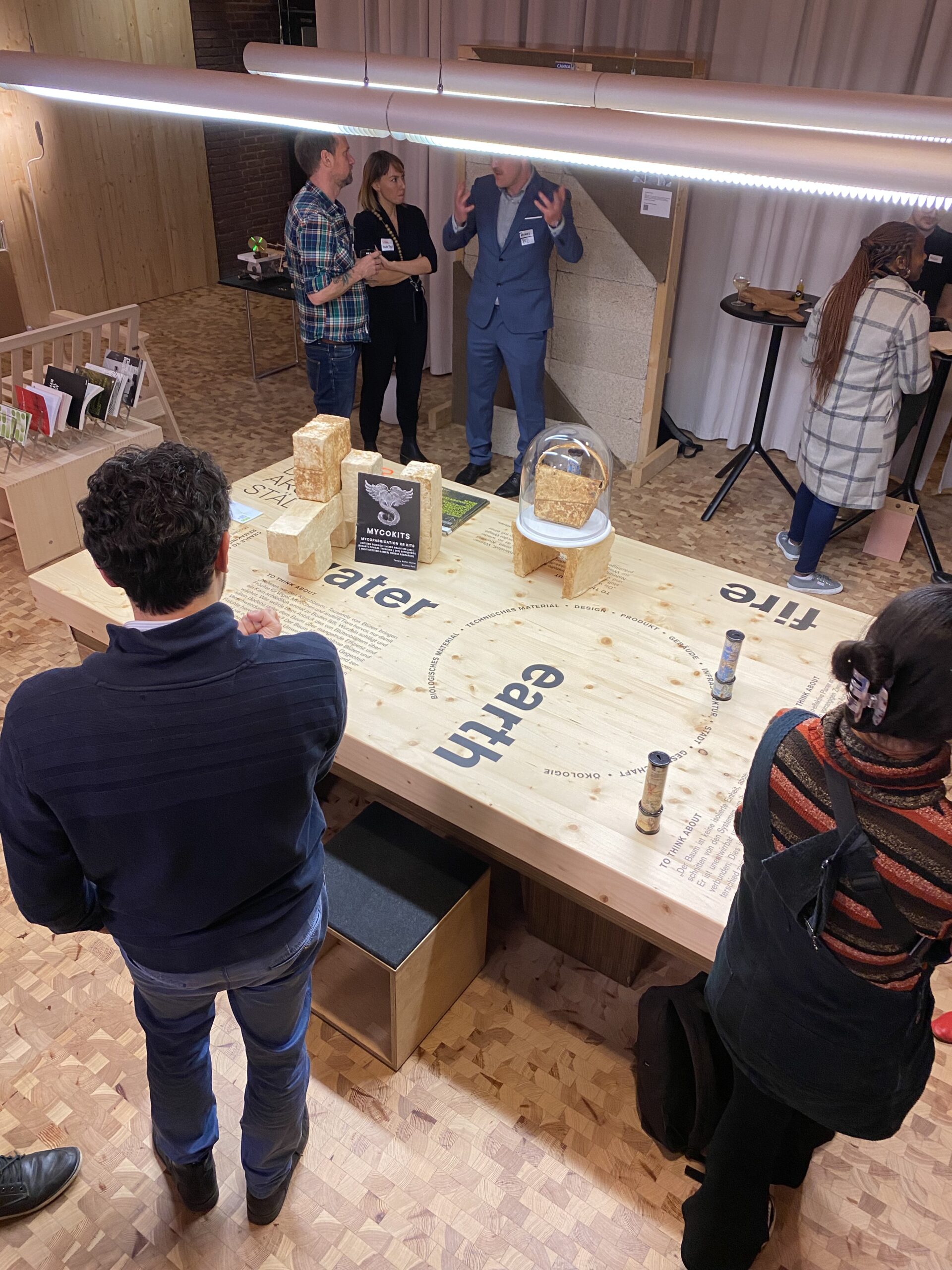Together with our network of artists and designers, we create immersive and interactive experiences at the intersection of art, science, and digital technologies.
This month we present Voyria’s first installment of a soundscape trilogy called Remember Who You Will Become. Here’s the soundcloud link
Voyria’s music blends the rhythmic pulse of deep house and tropical techno with the earthy, immersive textures of nature’s sounds. The Connector, the first chapter of the trilogy, invites listeners to reconnect with ancestral energies, grounding them in the primal forces of the earth while pushing forward into a future of sonic exploration. With lush beats, rolling basslines, and organic field recordings, Voyria creates an environment where time feels fluid, memories come alive, and the body moves with the heartbeat of the jungle.

The artist’s name is inspired by the Voyria plant, a fascinating species known as the “ghost plant.” Unlike most plants, the Voyria doesn’t produce its own chlorophyll, making it dependent on its mycorrhizal connection with fungi for nutrients. This symbiotic relationship allows the plant to thrive, making it a symbol for resilience and interdependence, drawing strength from a deeper, unseen network. Artistically, this concept mirrors the music itself—Voyria’s work exists in the tension between the organic and the electronic, between visible and invisible forces, where the connections beneath the surface shape the experience. Just as the Voyria plant relies on its unseen symbiosis, the music beckons listeners to reconnect with the invisible, yet essential, energies that shape their world.




